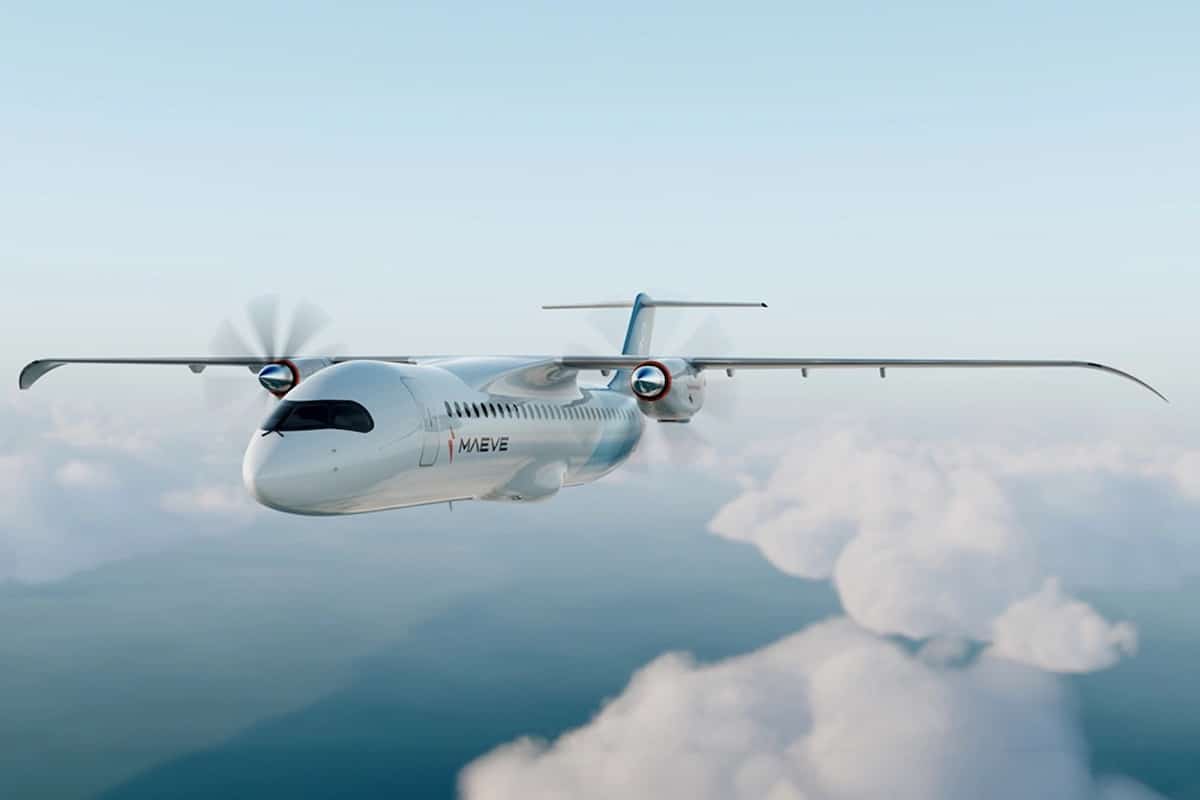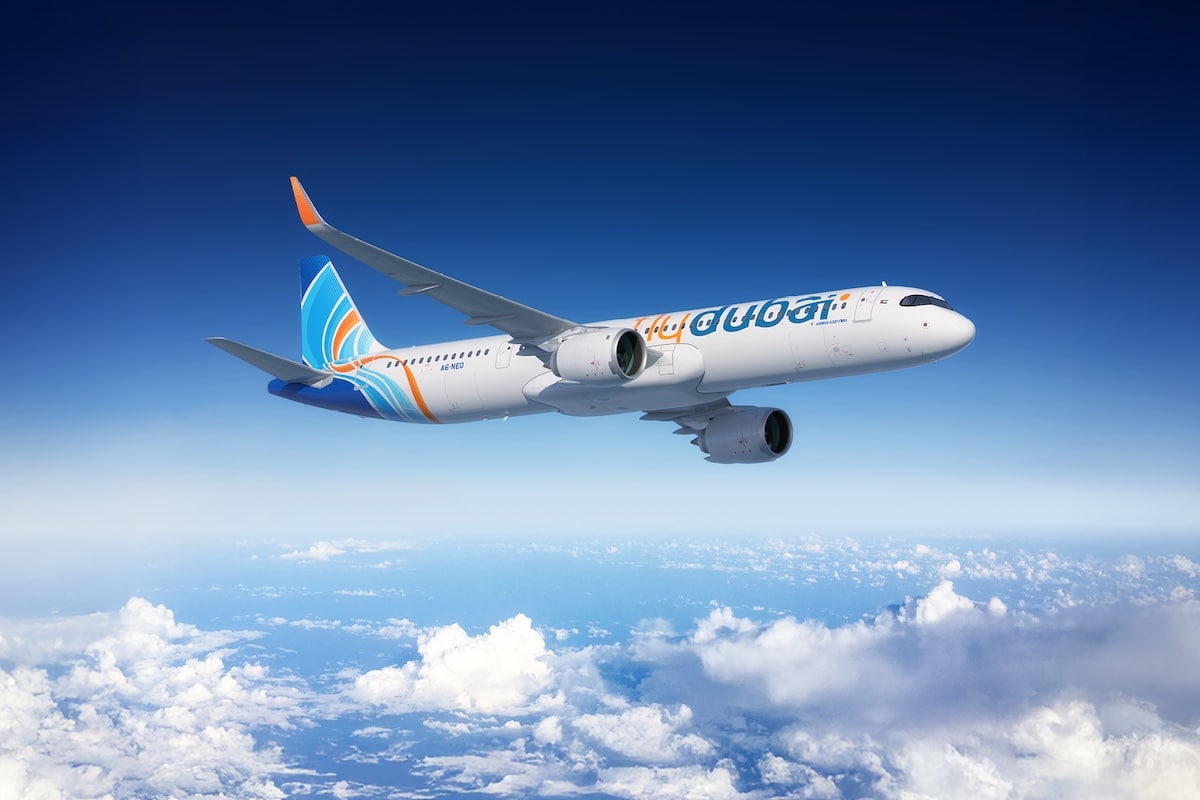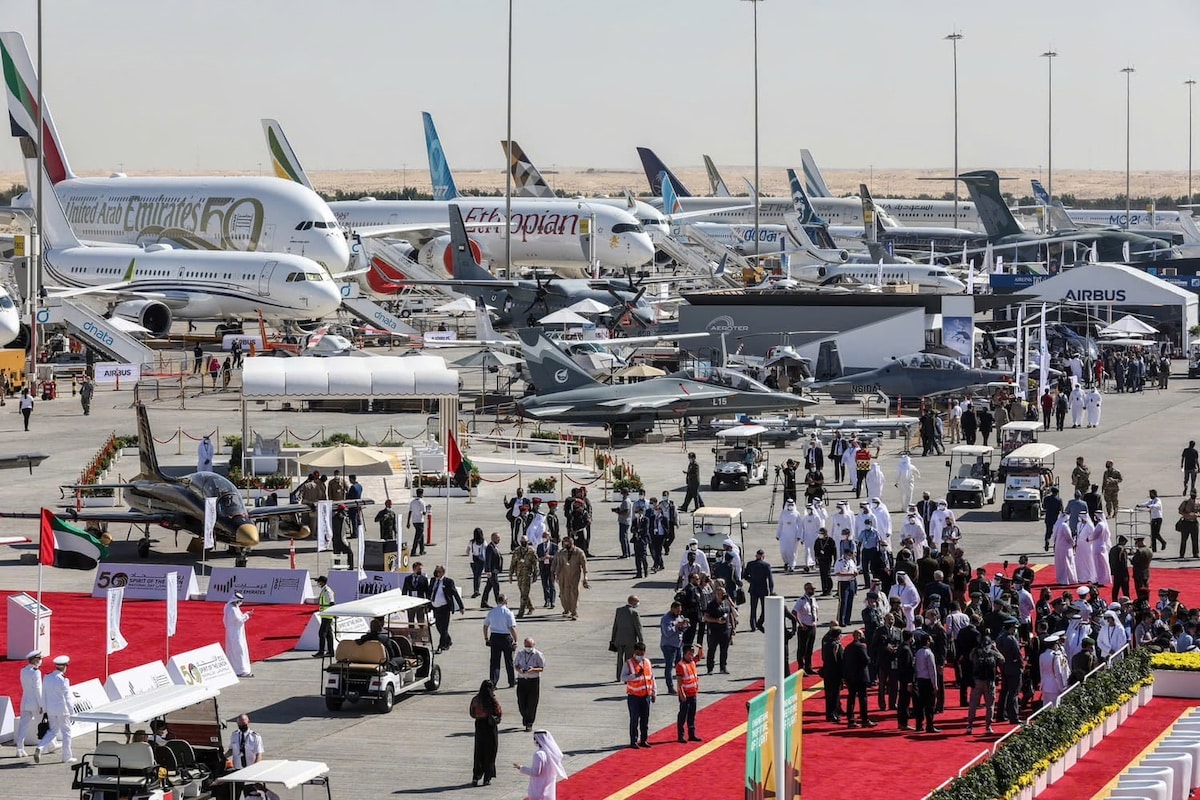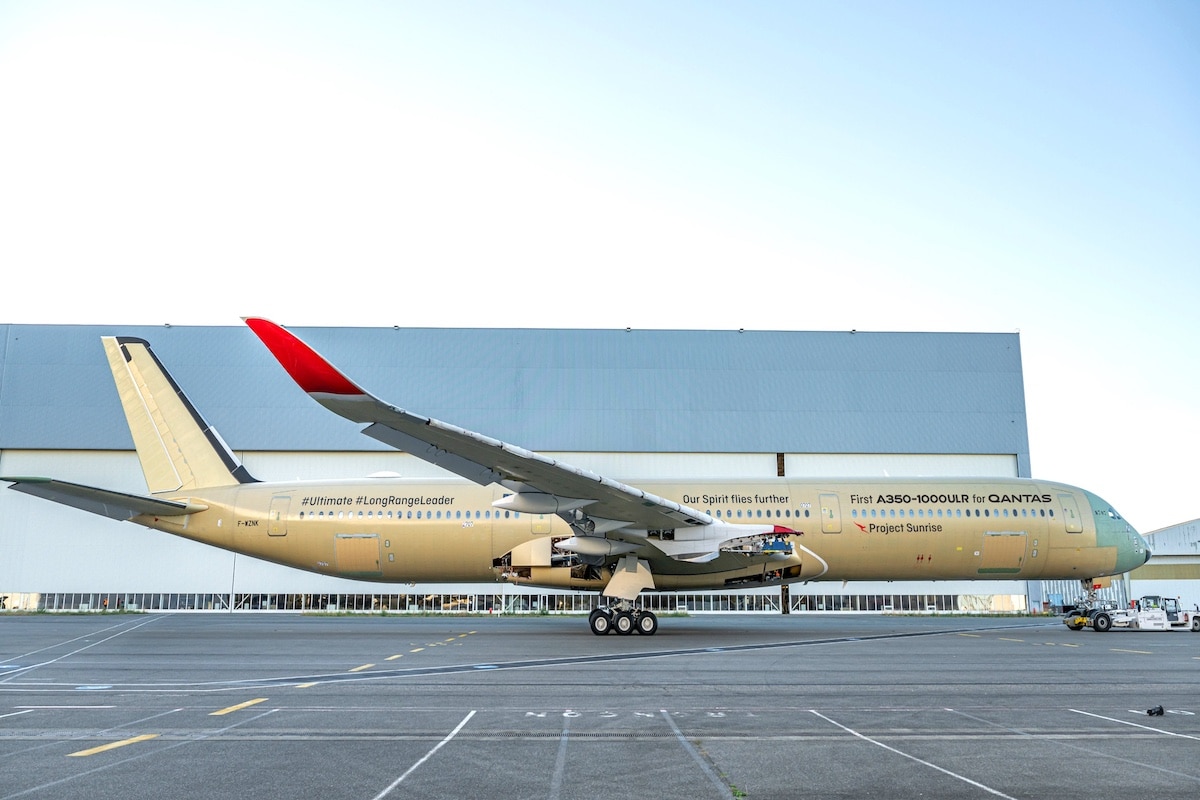Propeller planes make a comeback against jet engines

Required to lower their emissions, airplanes are abandoning jet engines for propellers. A step back or a leap into the future?
For decades, jet airplanes have dominated the skies, eclipsing their propeller-driven counterparts due to higher speeds and the ability to cover long distances quickly. However, in recent years, there has been a resurgence of propeller-driven airplanes in certain segments of the aviation industry. Several factors explain this trend, ranging from environmental concerns to fuel economy. Here’s why propeller-driven airplanes are making a comeback against jets.
Fuel Economy
One of the main advantages of propeller-driven airplanes is their energy efficiency. Turboprop engines, a type of propeller engine, typically consume less fuel than jet engines, especially on short routes. This economy is due to the fact that propeller engines are more efficient at low altitudes and at lower cruising speeds, making them ideal for regional and short-haul flights. With rising fuel prices and increased awareness of carbon footprints, airlines are looking for ways to reduce operational costs and emissions, making propeller-driven airplanes an attractive option.

Environmental Impact
Propeller-driven airplanes have a lower environmental impact compared to jets. They produce less CO2 per passenger-kilometer, making them a more eco-friendly option. As the aviation industry is under pressure to reduce its carbon footprint, turboprops offer a viable solution for lowering emissions without compromising regional connectivity. Additionally, their ability to land on shorter runways allows access to secondary airports, thereby reducing congestion at major air hubs and the associated emissions.
Propeller-driven aircraft offer operational flexibility that can be limited for jet airplanes. Their ability to take off and land on short and unpaved runways opens up opportunities to serve remote and underserved regions. This is particularly important for humanitarian missions, disaster relief operations, and for economic development in isolated areas. Moreover, the infrastructure costs for runways suitable for propeller-driven aircraft are generally lower, facilitating the establishment of new regional airports.
Reduced Operating Costs
In addition to fuel savings, propeller-driven airplanes benefit from overall lower operating costs. Turboprop engines are often less expensive to maintain than jets, due to their simpler design and lower mechanical wear at lower speeds. The initial purchase costs are also often lower, making them attractive for regional airlines and niche operators.
Recent technological innovations have also played a crucial role in the resurgence of propeller-driven aircraft. New composite materials, aerodynamic improvements, and more advanced propulsion systems have significantly upgraded the performance and comfort of modern propeller-driven airplanes. Today’s turboprops are quieter, more reliable, and provide a better passenger experience than their predecessors, thus narrowing the gap with jet airplanes in terms of comfort and efficiency.
The renaissance of propeller-driven airplanes in modern aviation can be attributed to a combination of economic, environmental, and technological factors. Their energy efficiency, reduced environmental impact, operational flexibility, and lower operating costs make them an increasingly attractive alternative to jet airplanes, especially for short and regional routes. As the aviation industry continues to evolve, propeller-driven airplanes appear well-positioned to play a crucial role in sustainable and accessible air mobility.
ALSO READ: Transportation: Alstom wins a 4 billion contract in Germany
This page is translated from the original post "Les avions à hélices prennent leur revanche sur les réacteurs" in French.
We also suggestthese articles:
Also read






